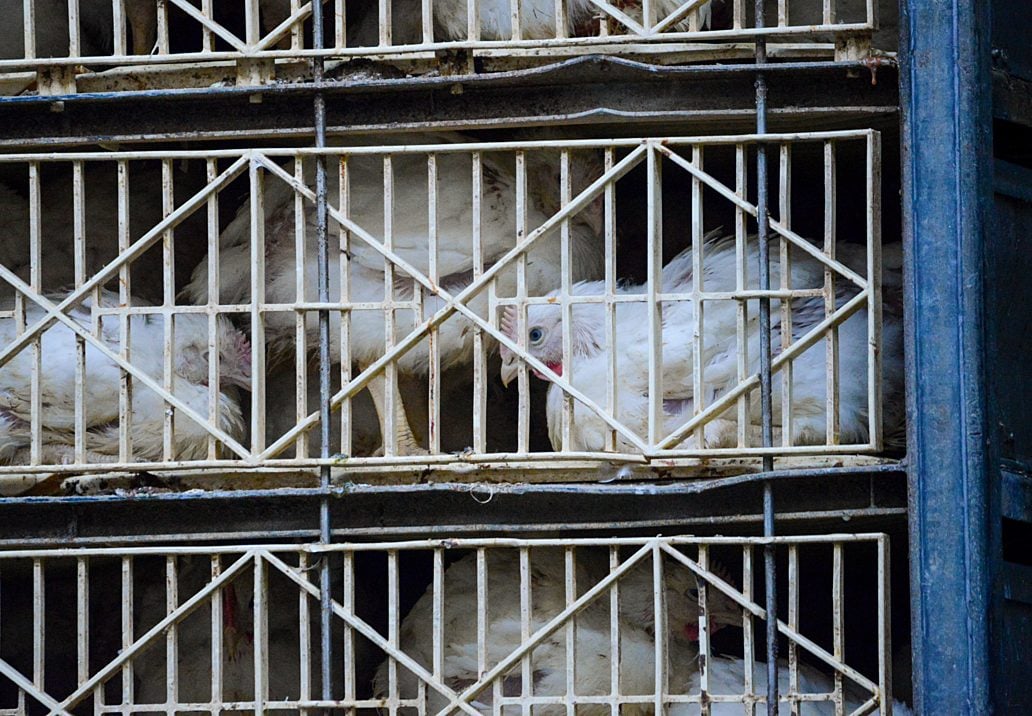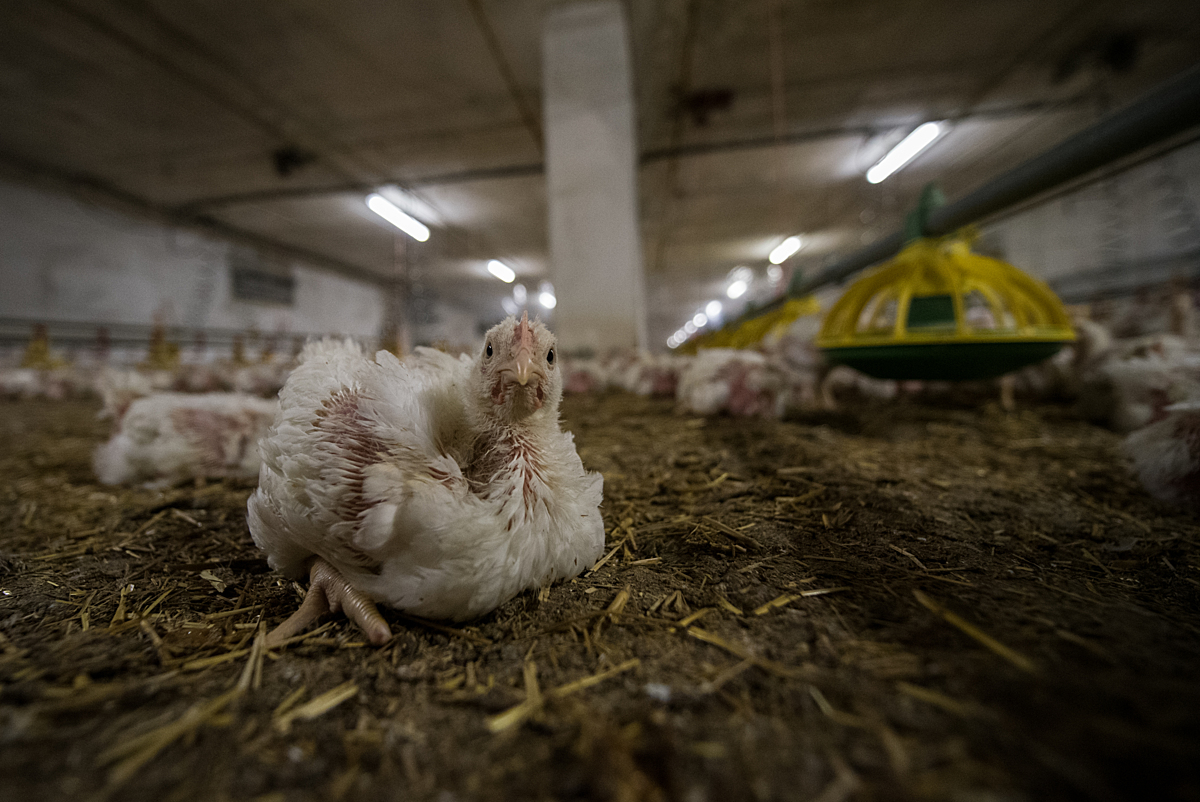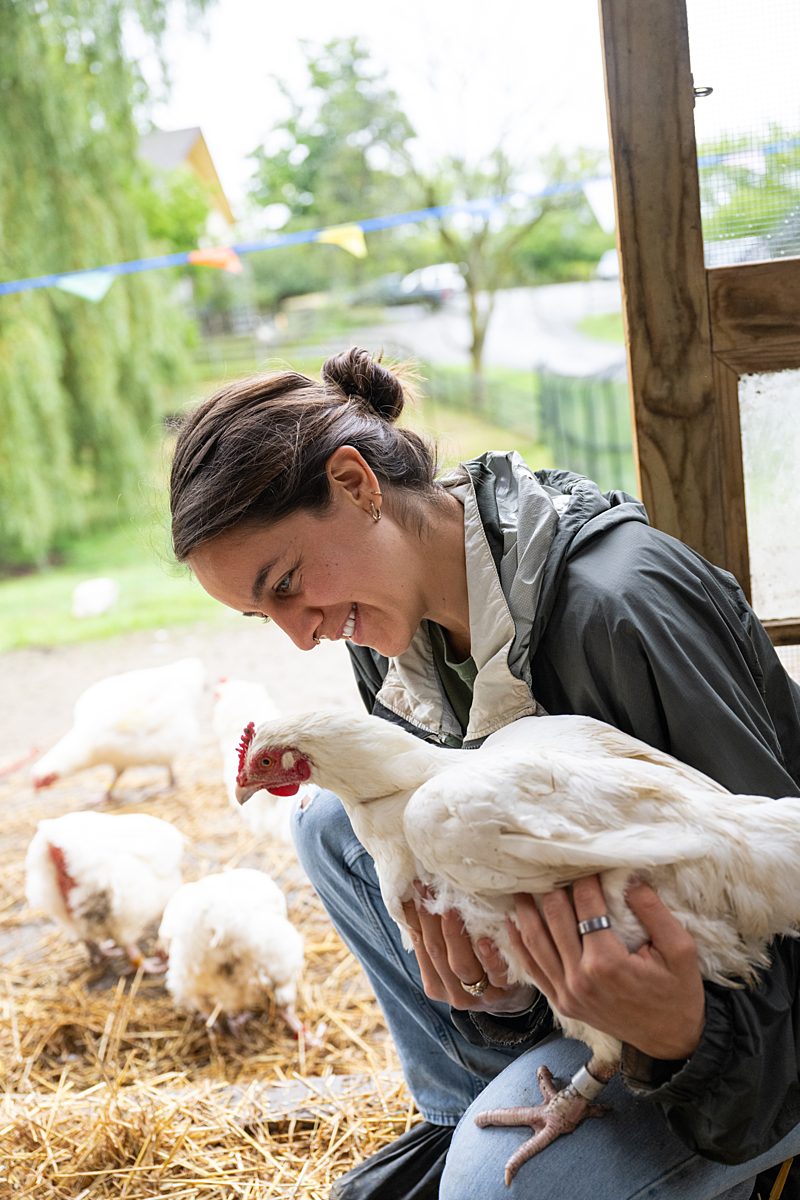More than 200 million chickens are slaughtered around the world each day, and increasingly, these birds are raised on intensive farms that wreak havoc on our planet.
In 2024, the average U.S. per-capita chicken consumption reached over 102 pounds—a figure that has more than tripled from 28 pounds in 1960 and is expected to continue rising, with severe environmental consequences.
Read on to find out why the farming of chickens is not as sustainable as you think.









